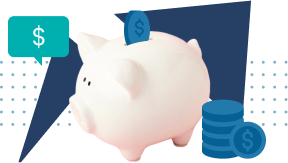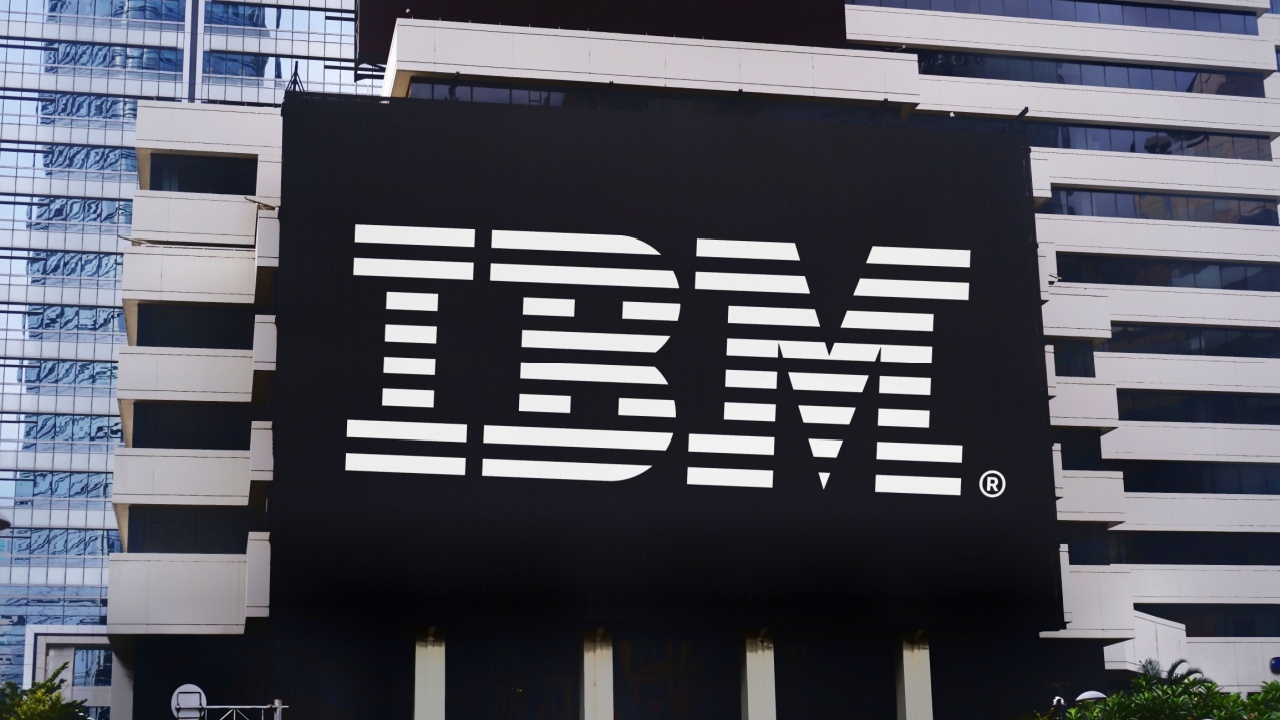Slides from Hayden Capital from the Corner of Berkshire & Fairfax meetup, titled, “Calculating Incremental ROIC’s.”
Why Should We Care About ROIC’s and Reinvestment Rates?
"Investing is an Art, not a Science"
- Many of the examples given here are theoretical. Often you won’t have all the information necessary to do the calculations –especially not down to the $0.01.
- This is simply a framework to think about these issues. It’s your job as an investor to fill in as much of the gap as possible, to hopefully see the bigger picture.
Reinvestment Rate
Reinvestment Rate: How Much Is The Company Investing In Itself?
Reinvested Earnings = Sustainable Earnings Power –Reported Earnings
Reinvestment Rate = Reinvested Earnings / Sustainable Earnings Power
- Sustainable Earnings Power is what the business would theoretically earn if it stopped growing.
- There no set “formula” for calculating this. It’s going to be industry & business model dependent.
- For example, a commodity business may structurally only earn it’s cost structure difference vs the next most efficient competitor.
- Alternatively, a one-of-kind, mission-critical software provider (think Microsoft in 90’s) has enormous pricing power.
- They could raise prices up to the point where new customers = lost customers.
- For the last marginal customer in this scenario, the Price = Customer’s Marginal Utility
- The better the reinvestment opportunities, the higher the reinvestment rate should be.
- If a company has unlimited opportunities to earn 50% returns, management better be plowing every cent back into the company, and reporting $0 EPS (assuming investments are expensed).
- Note: Some companies have a high return project, but limited capacity.
- A new factory may cost $5M, with 50% returns. But the business generates $20M a year… what do you do with the other 15M?
- Assuming the other 75% is returned, that’s only 12.5% growth.
- Lots of opportunities to deploy capital are just as important as the Return on Invested Capital.
Incremental Return on Invested Capital
Start with a Framework / Thesis (i.e.. a blank sheet of paper)
- Investing and “data-point” analysis is similar to coloring. You’re simply trying to fill in the dots (i.e. piece together knowledge) to see the end picture.
- For example, you think it could be a “wolf” (it’s what the directions say), but you’re skeptical… There’s no way to find out, until you start coloring.
- (“Wolf” in this case = an attractive business)
Find Data-points that Confirm or Deny the Thesis (i.e. Fill In The Dots)
- The picture’s starting to come together… there’s some sort of shape, but it’s still not clear.
- Some dots are outside the framework, but the majority seem to fit the outline.
- Why’s that look like a Giraffe though??
See the full PDF below.













